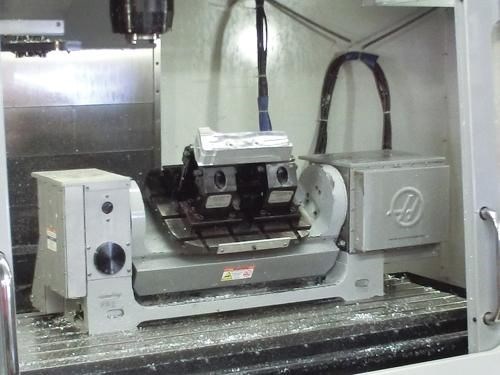Keeping an Eye on Five
Five-axis machining is becoming more popular. Here’s an online source for five-axis machining articles and video.
Share






Five-axis machining is becoming more widely adopted in leading machine shops. In some cases, shops simply appreciate the ability to use the fourth and fifth rotational axes to orient the cutting tool or workpiece in a variety of fixed positions prior to machining. In other more advanced cases, full-five-axis contouring is used to simultaneously rotate those axes during the cut to effectively create complex geometries for parts such as impellers, blades and blisks.
This year’s will feature a hearty selection of new five-axis machine models for both applications. Many of the equipment write-ups machine tool builders sent to us for our August and September IMTS products sections detailed new five-axis machines that will be introduced at the show.
But before heading off to Chicago to check out those machines, check out the various articles we’ve written about this machining strategy in our Five-Axis Machining Zone.
Related Content
-
How to Successfully Adopt Five-Axis Machining
While there are many changes to adopt when moving to five-axis, they all compliment the overall goal of better parts through less operations.
-
Ballbar Testing Benefits Low-Volume Manufacturing
Thanks to ballbar testing with a Renishaw QC20-W, the Autodesk Technology Centers now have more confidence in their machine tools.
-
How to Determine the Currently Active Work Offset Number
Determining the currently active work offset number is practical when the program zero point is changing between workpieces in a production run.
















